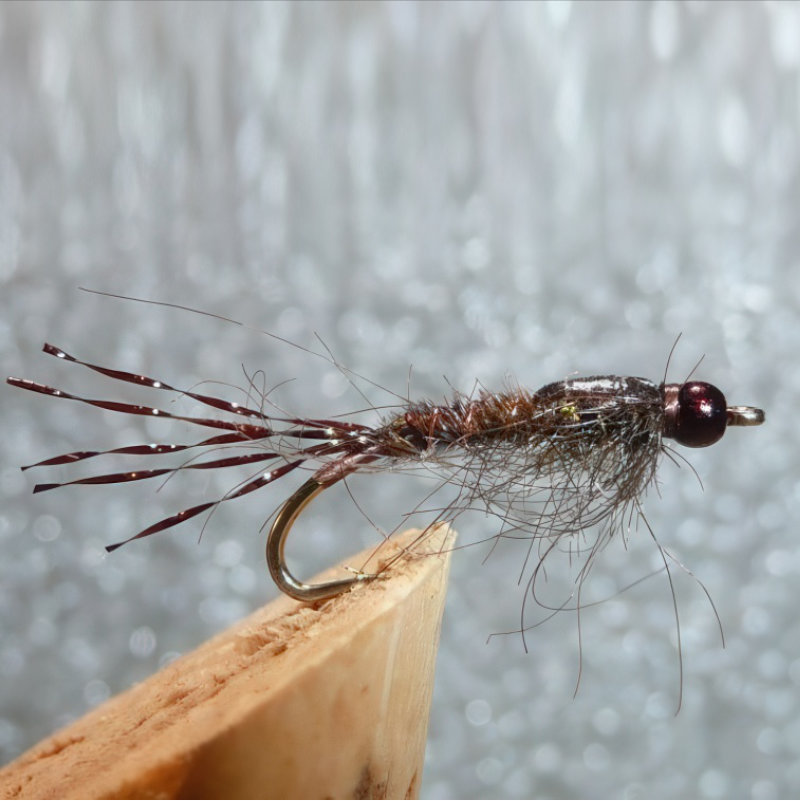MAYFLY
Mayflies: A Trout Snack
Mayflies are a broad group of six-legged insects that are a major food source for trout, especially in the high country of Colorado. While there are over 3,000 species of mayfly in the world, in Colorado there are a handful that are most commonly imitated by fly anglers. Among these are blue winged olives, pale morning duns, trichos and drakes. Being able to identify these bugs and selecting flies that imitate them is an important step to catching Colorado’s wary trout. On this page, we’ll outline the most common mayflies in Colorado and help you identify and imitate them.


Mayflies: Their Lifecycle, and the Best Fly Patterns to Imitate Them
Mayflies can be found in almost every river in America, and thus are a very important group of bugs in the fly fishing world. In Colorado in particular, where the dryness of the air leads to less and smaller bug life than in wetter places, mayflies are a critical bug species. Mayflies, as adults, have six legs and curved bodies, making them resemble dragonflies (who are in the same family). Mayflies in Colorado are typically very small; you could fit two or three on a fingernail. This is not always the case, as green drakes, who famously hatch every summer in Colorado, can get much larger than this. Typically, though, anglers fish very small flies to imitate mayflies, and fish general patterns that match color and size more than one particular mayfly. Blue winged olives are actually not one specific mayfly, but imitate different mayflies with olive-ish bodies and blue-hued wings. All mayflies hatch in rivers, typically in areas of slower moving water. Once they emerge from their eggs, they become nymphs who swim toward the water’s surface, where they sit in the film between the water in the air to prepare to emerge. Trout target mayflies in both their nymph and emerger stages because that's when mayflies are at their most vulnerable. So, while fishing dry flies to imitate mayflies is very fun and can be very productive, it is important to also fish nymphs and emergers that imitate these bugs soon after they hatch. Mayflies that survive this first state of their lives emerge from the river and begin their adult stage where they become airborne. They first fly to river-side vegetation and become duns, before becoming spinners and landing on the water’s surface. This entire process happens in a matter of hours to a few days, at which point mayflies reproduce and die. For this reason, mayfly hatches can be very short-lived, so knowing which mayflies are hatching at which time is very important.
The main mayfly hatches that anglers target in Colorado, especially in the Gunnison area, are the Blue-Winged Olive (BWO), Pale Morning Dun (PMD), tricho and green drake hatches. BWOs, PMDs and trichos are all pretty similar in size, so picking nymphs and dries that are the right color and right size (usually hook sizes 18-24) is important in imitating these bugs. Flies like parachute adams and sparkle duns are good flies to imitate adult mayflies, and nymphs like the pheasant tail and rainbow warrior are good imitations for these bugs earlier in their life cycle. During the green drake hatch, however, make sure you pick nymphs and dries that specifically imitate this bug. The best way to stay up-to-date on mayfly hatches and pick the right fly is to visit a fly shop near you. Gunnison Fly Fishing Outfitters is always fully stocked on mayfly patterns, and our staff will help guide you through picking out the right fly to fish on the beautiful Gunnison River or in the nearby area!
